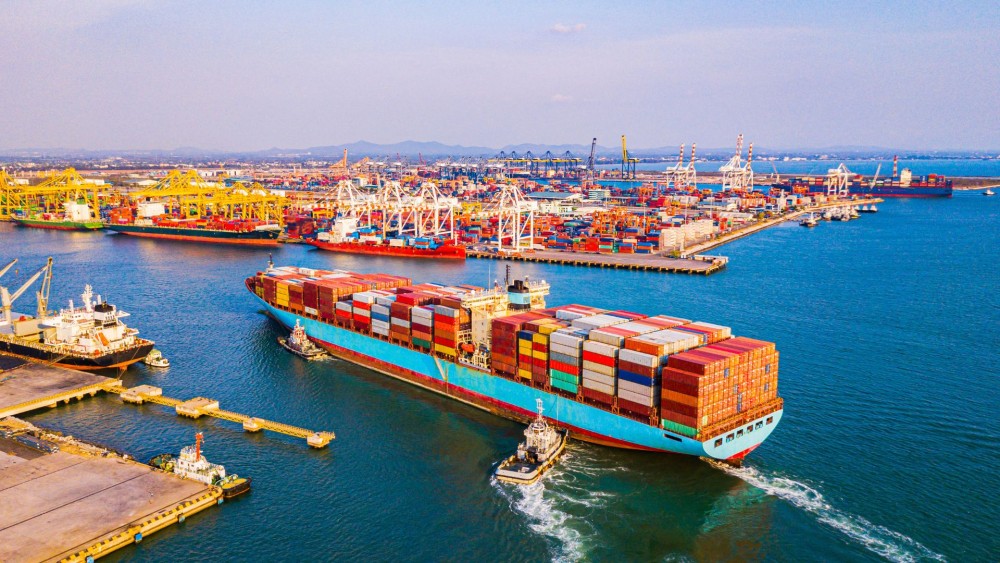Indonesia's Trade Surplus Reaches 52 Consecutive Months with $ 2.90 Bn
17 Sep 2024

Indonesia's trade balance recorded a surplus in August 2024, marking the 52nd consecutive month of surplus since May 2020, according to the Central Statistics Agency (BPS).
Deputy for Distribution and Services at BPS, Pudji Ismartini, announced that the trade surplus for the period reached US$2.90 billion, an increase of $2.4 billion from the previous month.
"This month's surplus is higher than last month, but lower compared to the same month last year," Pudji stated during a press conference on Tuesday, September 17.
The surplus was mainly driven by the non-oil and gas sector, which recorded a surplus of $4.34 billion. Key contributors included mineral fuels, animal or vegetable fats, and iron and steel. However, this was partially offset by a deficit in the oil and gas sector amounting to $1.44 billion.
Indonesia's exports in August 2024 reached $23.56 billion, a 5.97% increase compared to July 2024 and a 7.13% year-on-year growth. Meanwhile, imports stood at $20.67 billion, reflecting a 4.93% decrease from July 2024 but a 9.46% increase compared to August 2023.
Yusuf Rendy Manilet, an economist at the Center of Reform on Economics (CORE) Indonesia, had earlier projected that the trade surplus would continue in August 2024, extending the positive trend seen over the past 52 months.
"The surplus is projected to range between $USD 1.5 billion and USD 1.9 billion," Yusuf told Katadata.co.id.
Yusuf highlighted that the sustained trade surplus indicates a stronger performance compared to July 2024, which recorded a surplus of $472 million. He noted that rising prices of major commodities like coal and crude palm oil (CPO) were key factors driving the export growth, alongside strong demand from trading partners such as the European Union, ASEAN, South Korea, and China, despite a decline in exports to India.
In addition to stable exports, the decline in imports also significantly contributed to the increased surplus. Yusuf pointed out that the reduction in imports, particularly in the manufacturing sector, reflects a contraction in domestic economic activities.
With imports projected to decrease on a monthly basis, Yusuf noted that this provides more room for a larger trade surplus. However, on an annual basis, imports still show growth, indicating that domestic demand persists, albeit at a lower level than previously observed.
Original article here
This article is published in partnership with Katadata






